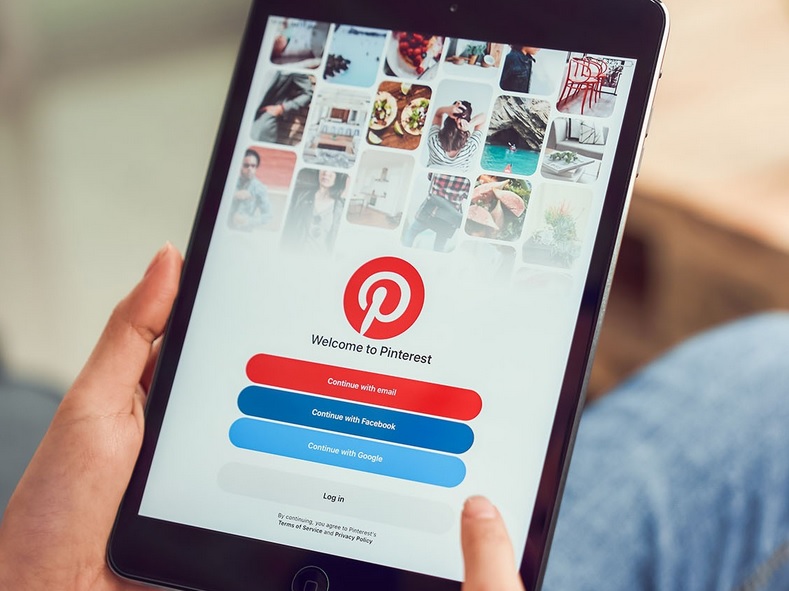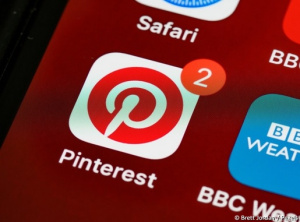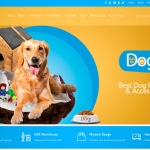
Pinterest for eCommerce: The Ultimate Guide to Boosting Sales Through Visual Marketing. Hi there, fellow eCommerce enthusiasts! Have you ever felt like your online store is getting lost in the vast sea of social media platforms? I’ve been there. That’s why I’m so excited to introduce you to a game-changer for your business: Pinterest.
If you’ve only thought of Pinterest as a place for DIY crafts and wedding inspiration, think again. With its visual appeal and shopping-focused audience, Pinterest is a treasure trove for eCommerce businesses. Let’s dive into why it’s such a powerful tool and how you can start using it to grow your online store today!
Why Pinterest is Perfect for eCommerce
Here’s the deal: Pinterest is unlike other social media platforms. People come here to plan, dream, and—most importantly—shop. In fact, 83% of weekly Pinterest users have made a purchase based on Pins they’ve seen.
Unlike Instagram or TikTok, where your content disappears in a matter of hours, Pinterest Pins have an evergreen quality. Your products could surface weeks, months, or even years after posting. That’s marketing magic, my friend.
And let’s not forget the audience. Pinterest users are planners with intent—they’re looking for ideas and solutions, which makes them more likely to buy.

Pinterest for eCommerce
Step 1: Setting Up Your Pinterest Business Account
First things first, let’s get your Pinterest business account up and running. It’s super simple:
- Sign up for a business account (or convert your personal account).
- Optimize your profile with a professional profile photo, a clear description of your business, and a link to your website.
- Verify your domain—this adds credibility and unlocks analytics tools.
- Enable Rich Pins to automatically sync product details like price and availability.
Pro tip: Use keywords in your profile bio to make it searchable. For example, if you sell handmade jewelry, include phrases like “unique handmade jewelry” or “custom earrings for every occasion.”
Step 2: Create Stunning, Click-Worthy Pins
On Pinterest, visuals are everything. Your Pins need to grab attention and inspire clicks. Here are some quick tips for designing Pins that pop:
- Use high-quality images with bright, natural lighting.
- Add text overlays to showcase your product’s benefits. For example, “Eco-Friendly Tote Bags – Perfect for Everyday Use.”
- Stick to Pinterest’s preferred vertical format (2:3 ratio).
If design isn’t your forte, tools like Canva are your best friends. They have ready-made templates that you can customize in minutes.
Step 3: Mastering Pinterest SEO
Here’s a fun fact: Pinterest is more of a search engine than a social media platform. That means keywords are the key (pun intended!) to success.
- Research what your audience is searching for using Pinterest Trends or a keyword tool.
- Add these keywords to your Pin titles, descriptions, and board names.
- Don’t forget your profile bio!
For example, if you sell cozy blankets, try using keywords like “soft throw blankets,” “cozy home decor,” or “winter essentials.”

Pinterest for eCommerce
Step 4: Building Your Content Strategy
Now that you’ve got the basics down, it’s time to plan your content. A solid strategy will keep your Pins fresh and engaging.
- Mix it up: Post a variety of content like product showcases, seasonal themes, and helpful tutorials.
- Create a content calendar: Plan Pins around holidays or shopping trends. For example, create gift guides for Christmas or Valentine’s Day.
- Pin consistently: Aim for at least 10-15 Pins per day to keep your profile active.
Scheduling tools like Tailwind can make this a breeze, allowing you to set it and forget it.
Step 5: Run Pinterest Ads for Extra Boost
If you want to speed things up, Pinterest Ads are your secret weapon. They’re more affordable than other platforms, and they target users when they’re already in a shopping mindset.
- Start small with traffic campaigns to drive visitors to your site.
- Use Pinterest’s targeting options to zero in on your ideal customer (e.g., interests, keywords, or demographics).
- Monitor your ad performance and tweak as needed to maximize ROI.
Step 6: Track and Optimize Your Efforts
Finally, keep an eye on your Pinterest Analytics to see what’s working. Pay attention to metrics like impressions, clicks, and saves.
- Find out which Pins are driving the most traffic and double down on those styles or topics.
- If something isn’t working, don’t stress—just tweak your approach. Pinterest is all about testing and learning.
Wrap-Up: Your Pinterest Adventure Awaits!
Pinterest is more than just a visual playground—it’s a serious sales engine for your eCommerce business. From eye-catching Pins to targeted ads, it’s packed with opportunities to showcase your products and connect with eager buyers.
So what are you waiting for? Set up that business account, start Pinning, and watch your traffic (and sales) soar.
Got questions? Drop them in the comments—I’d love to help you get started. Happy Pinning!












